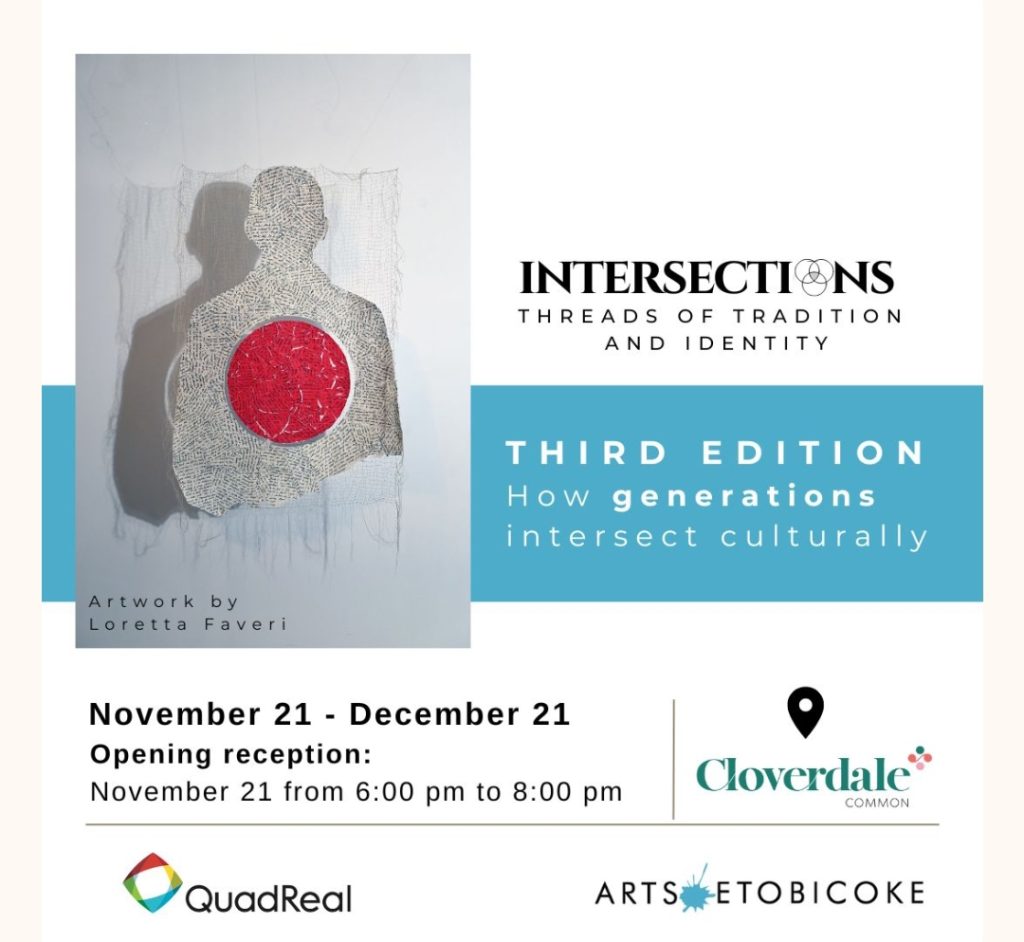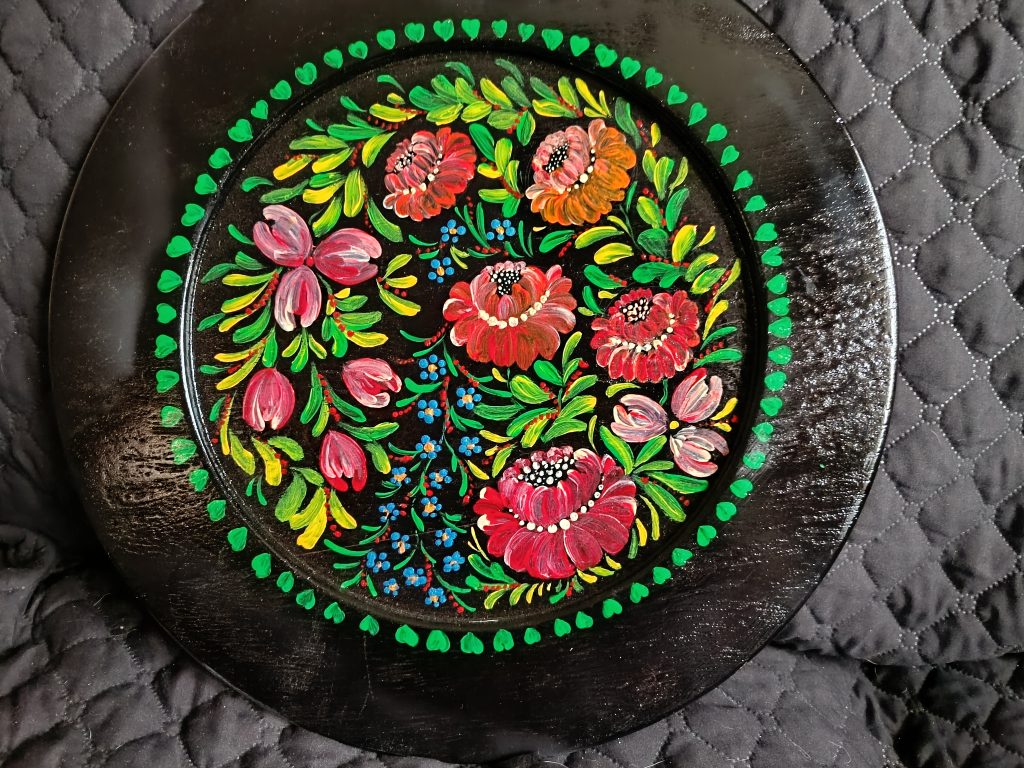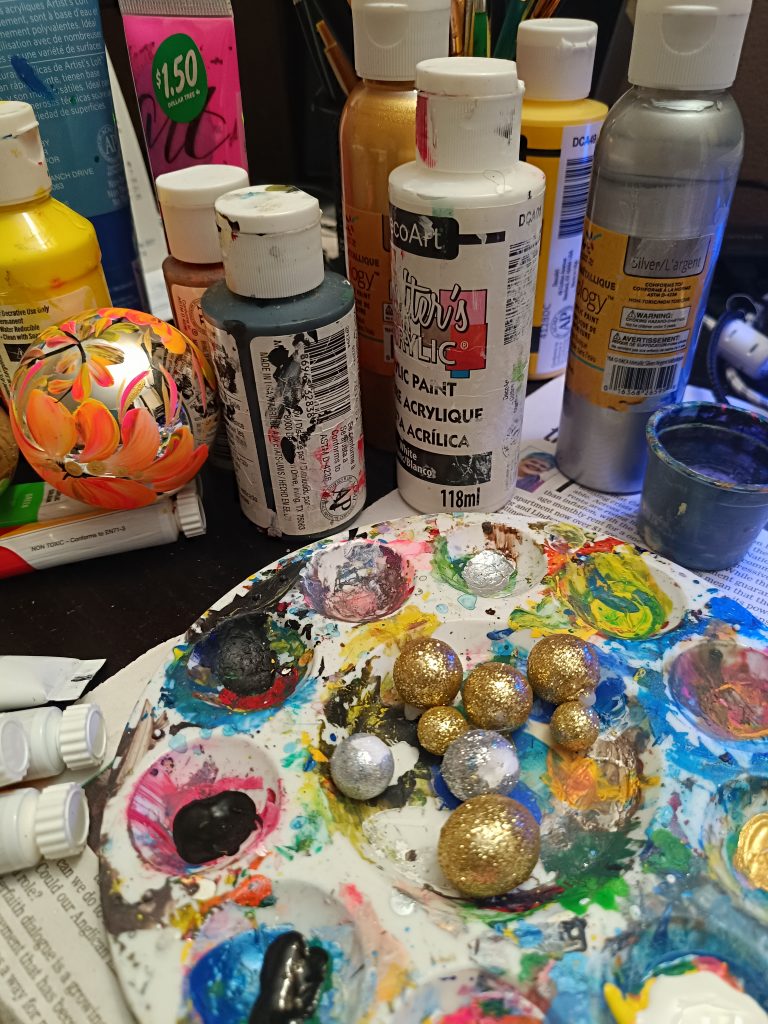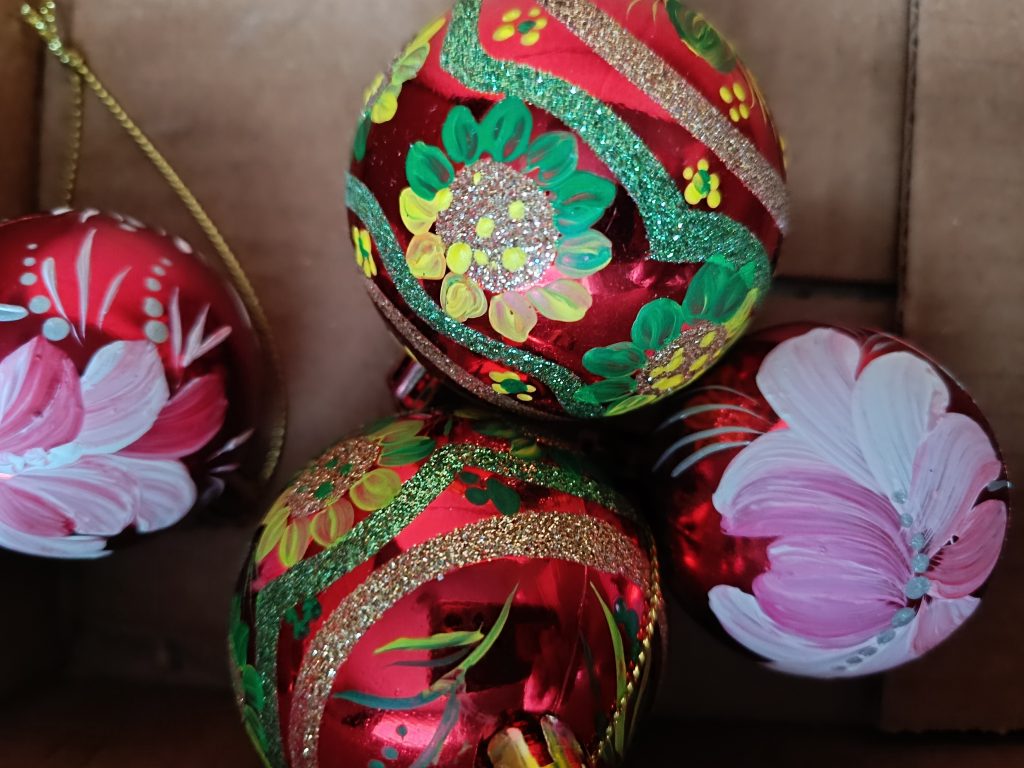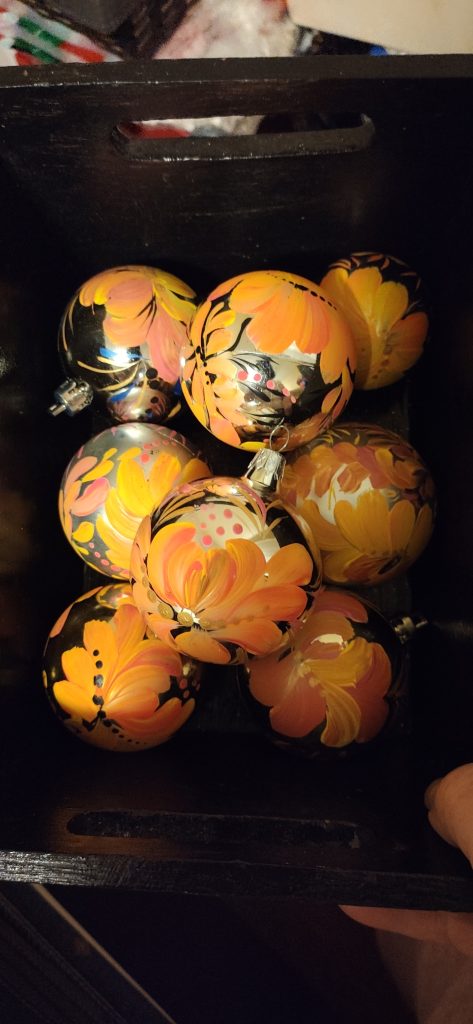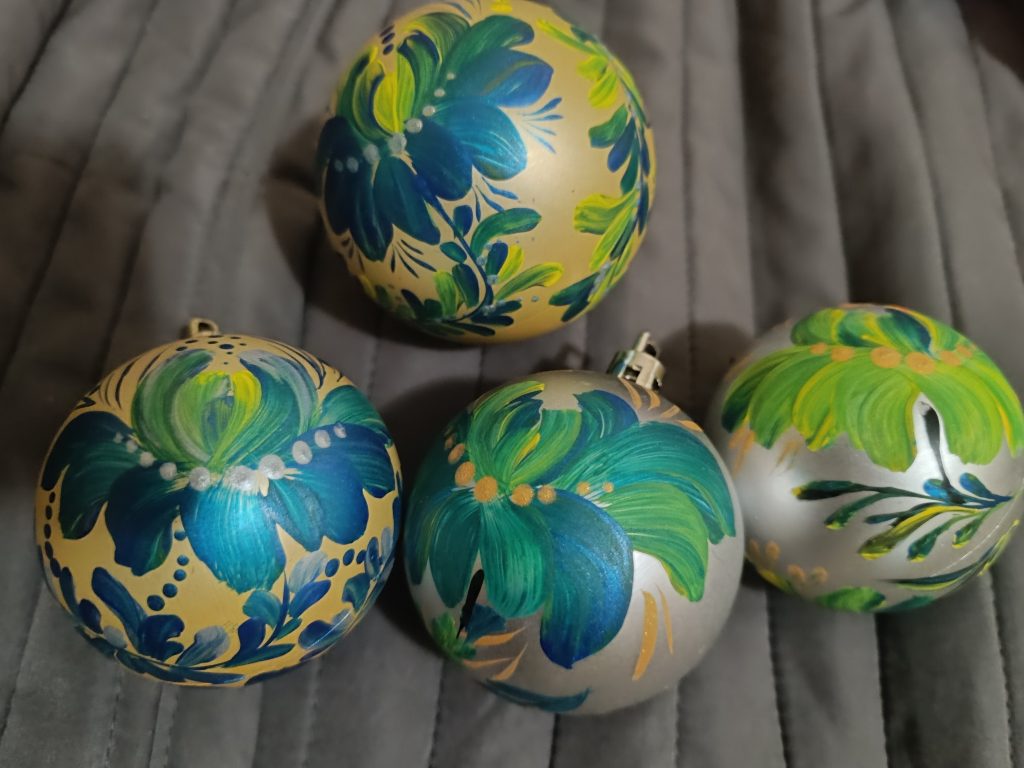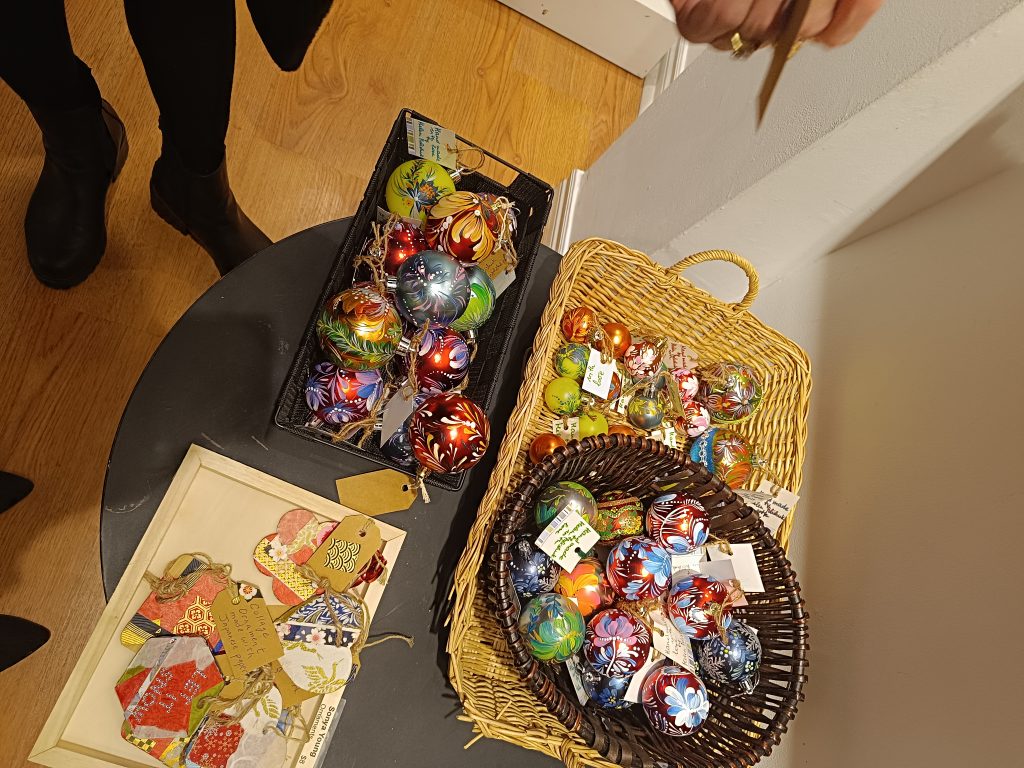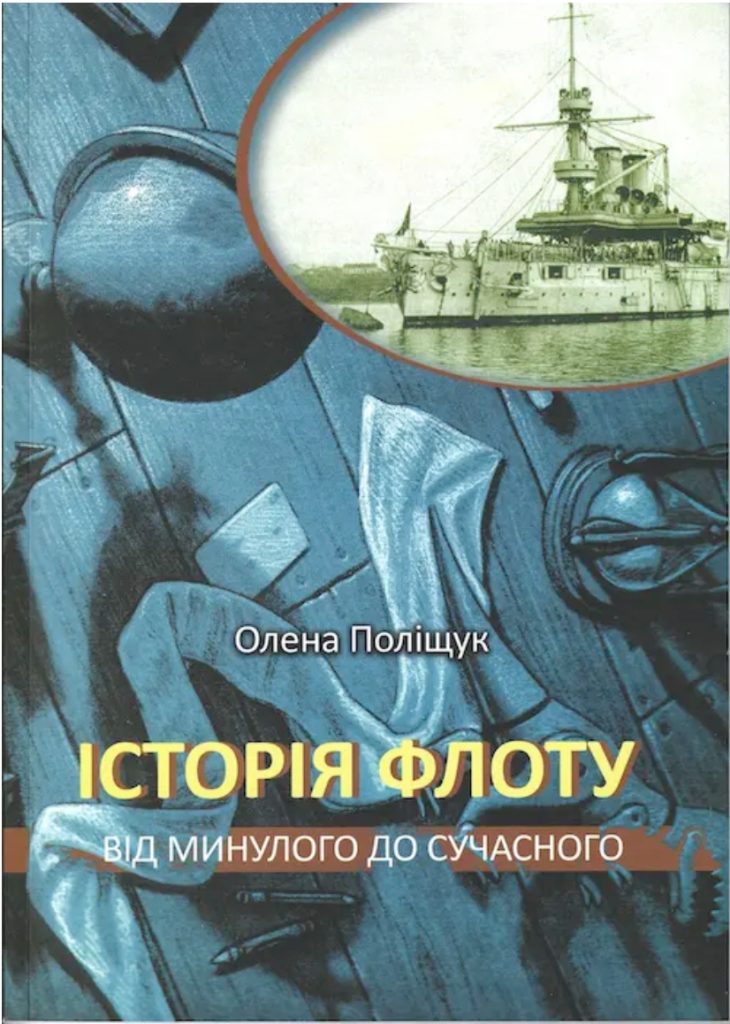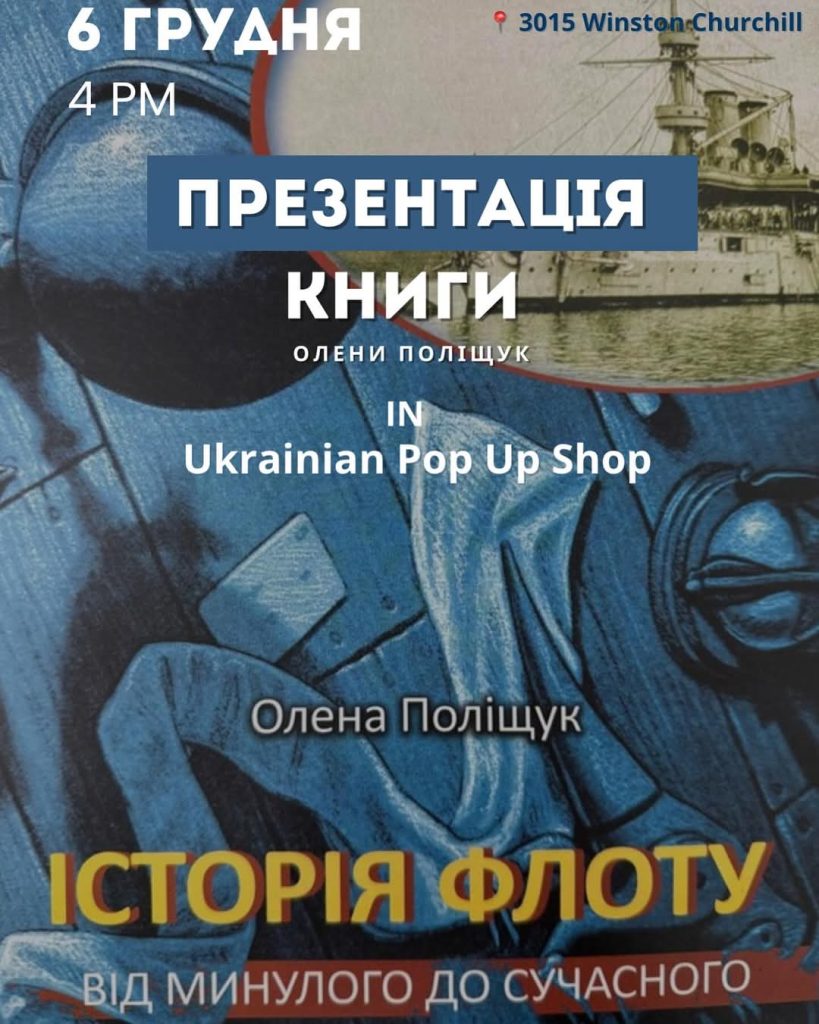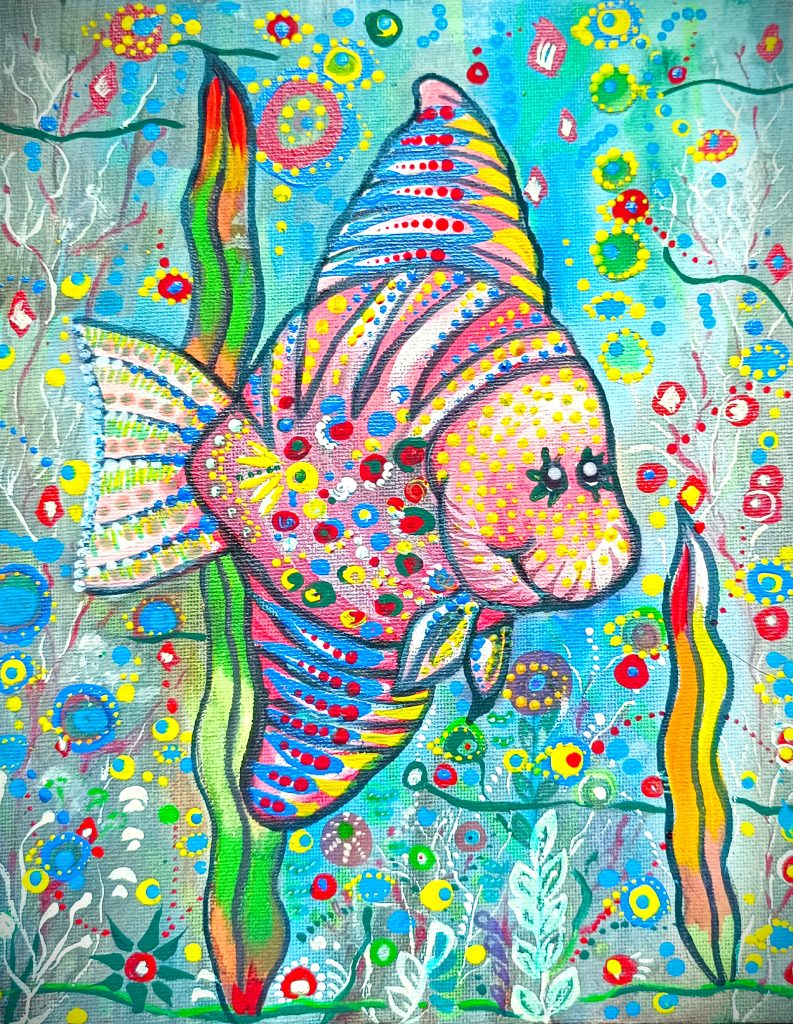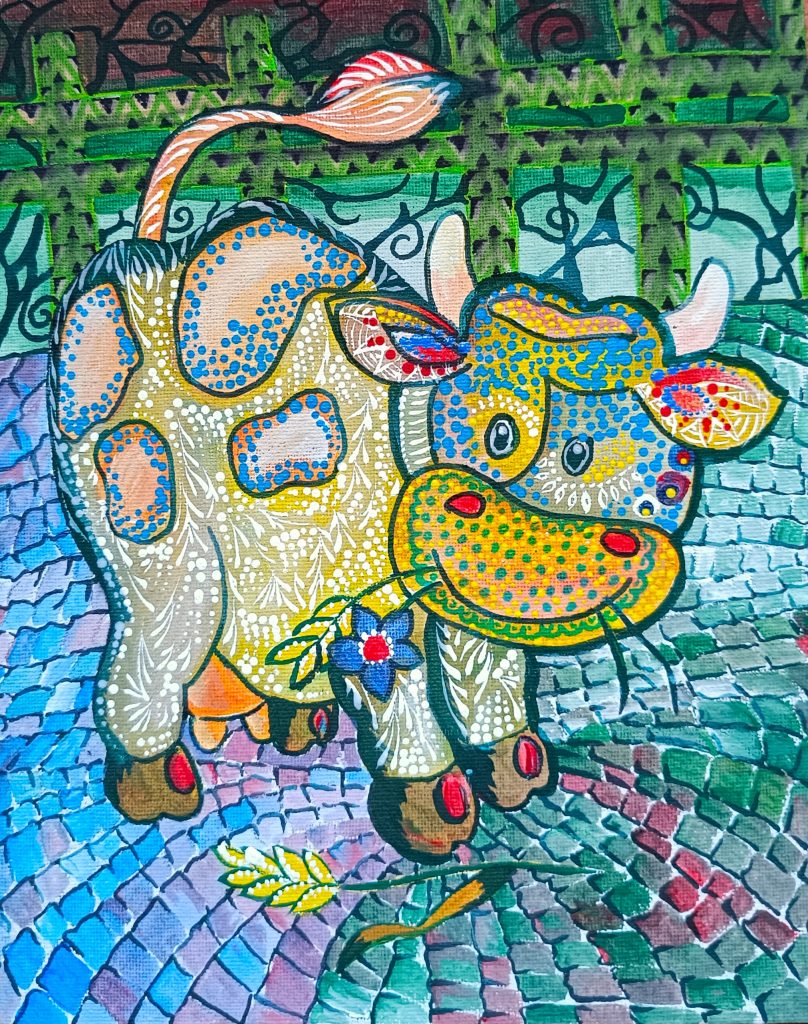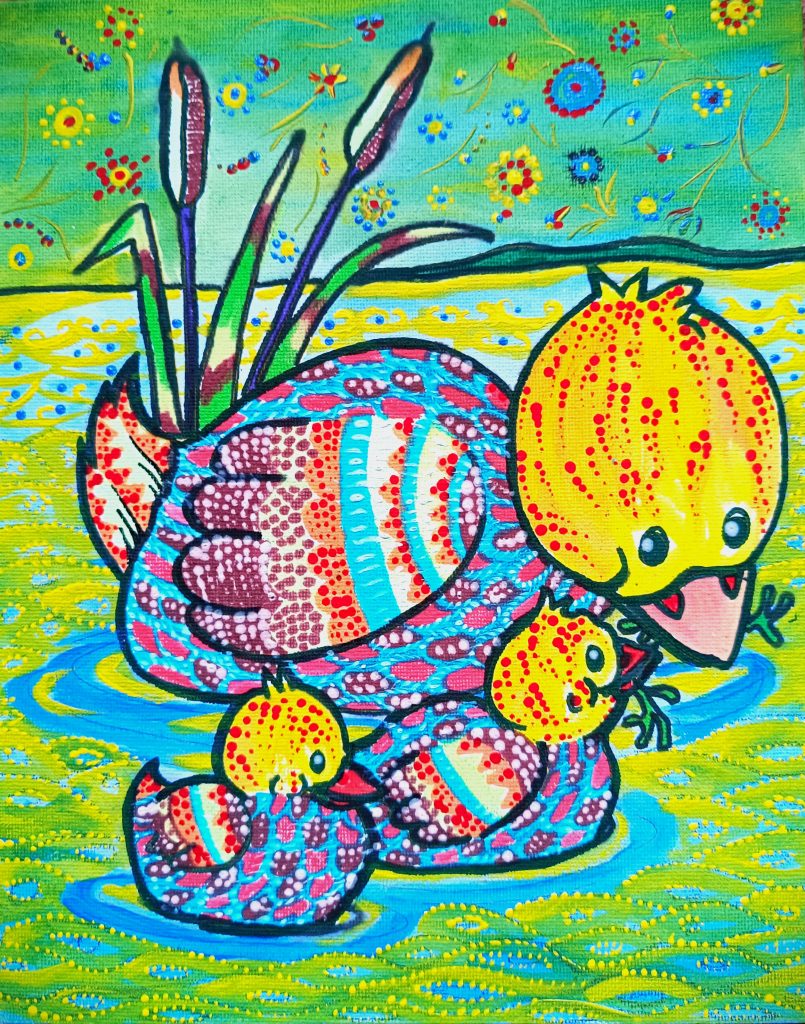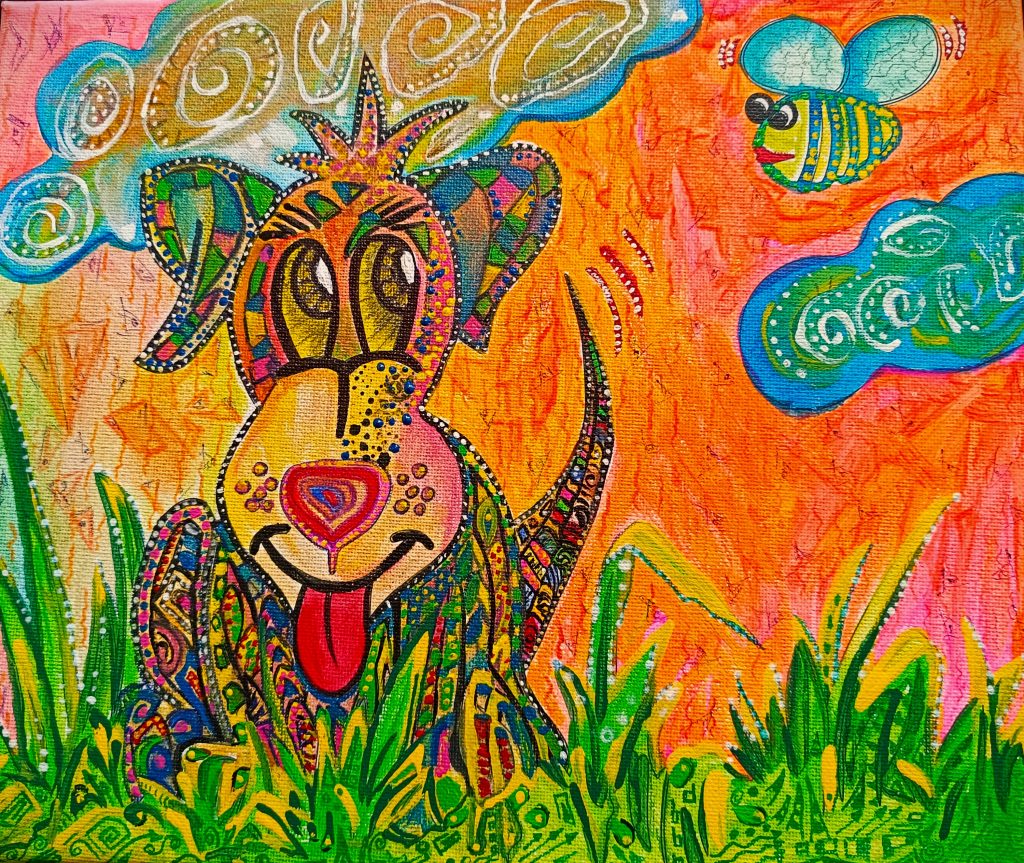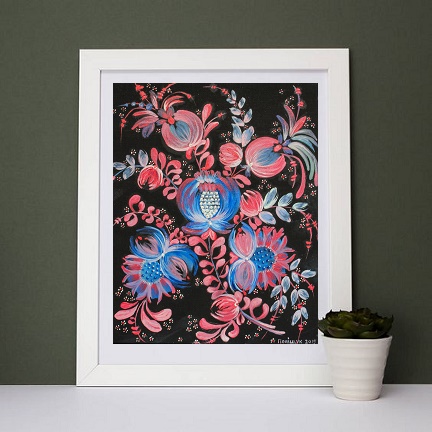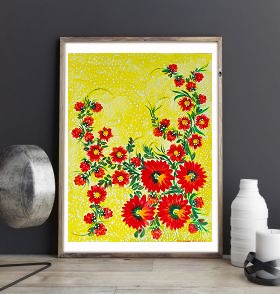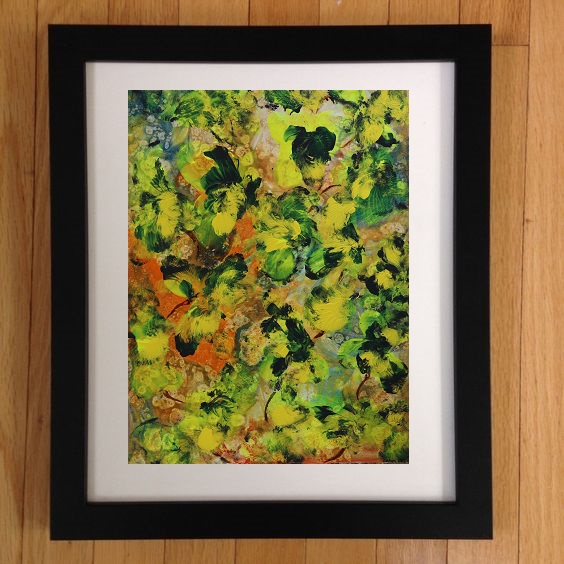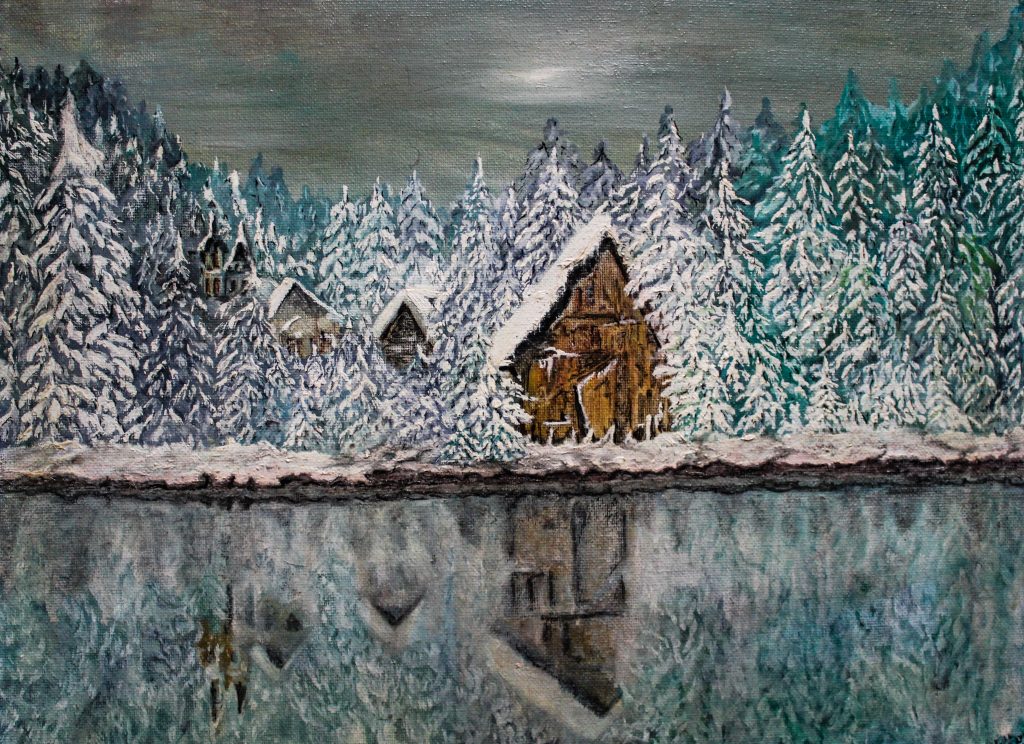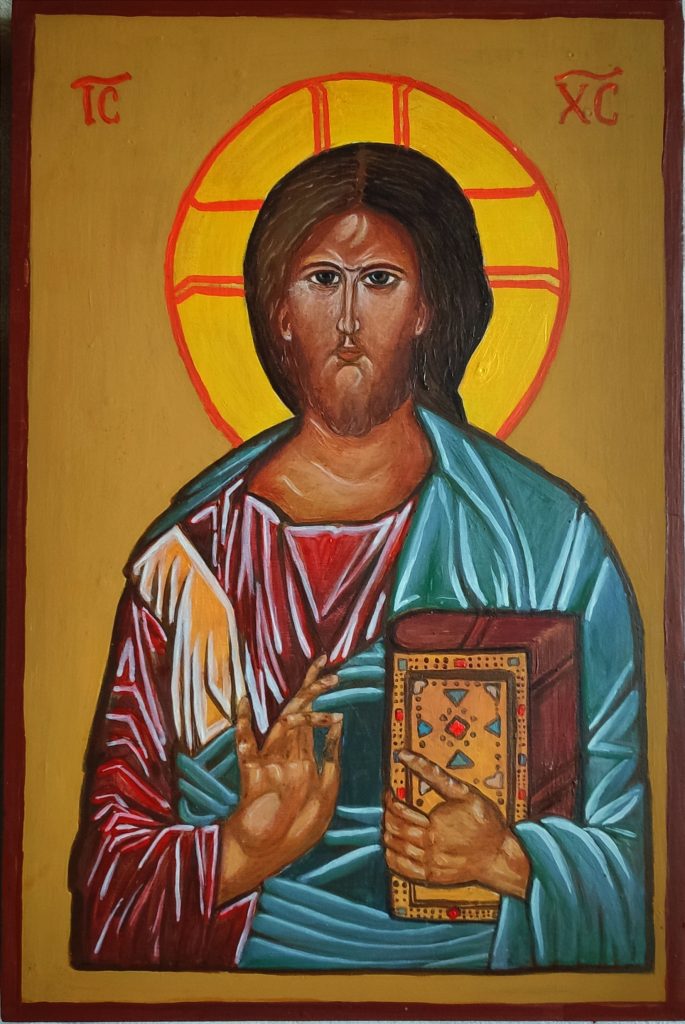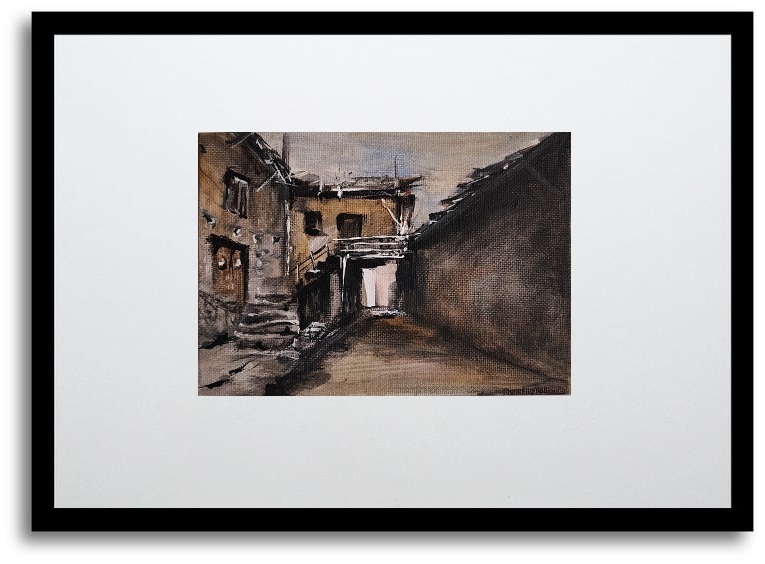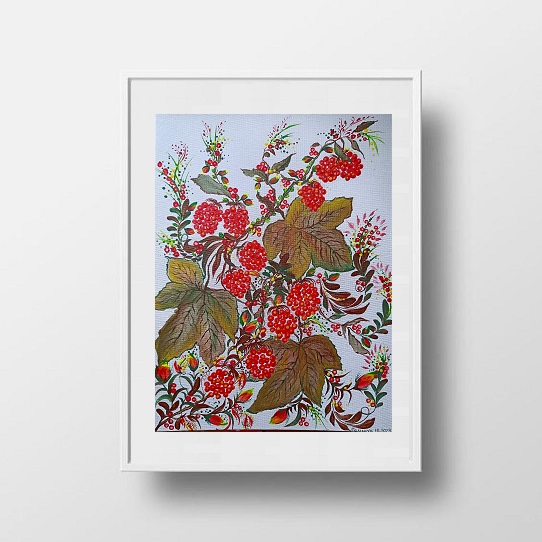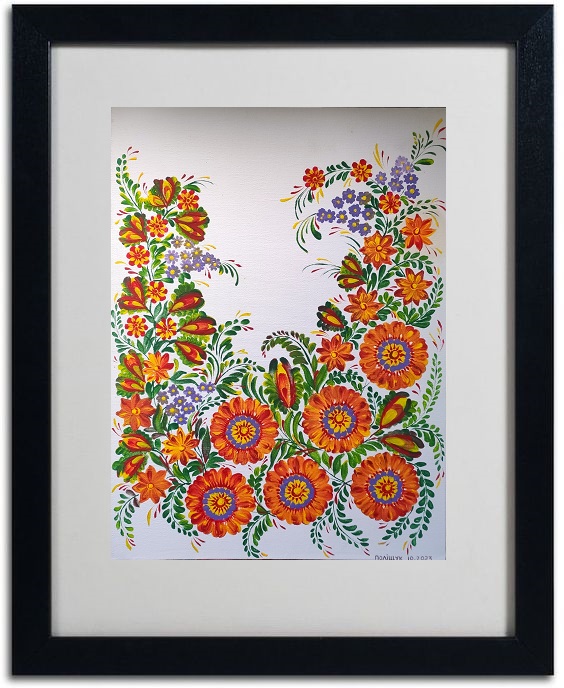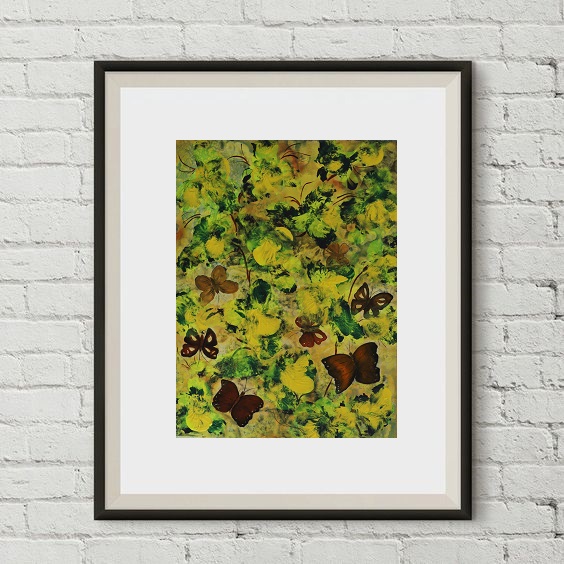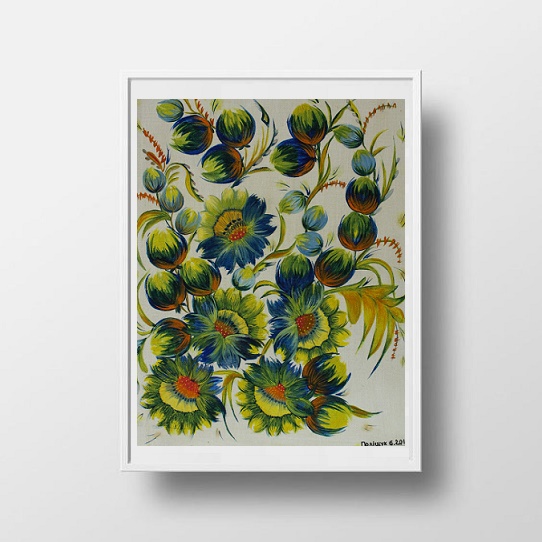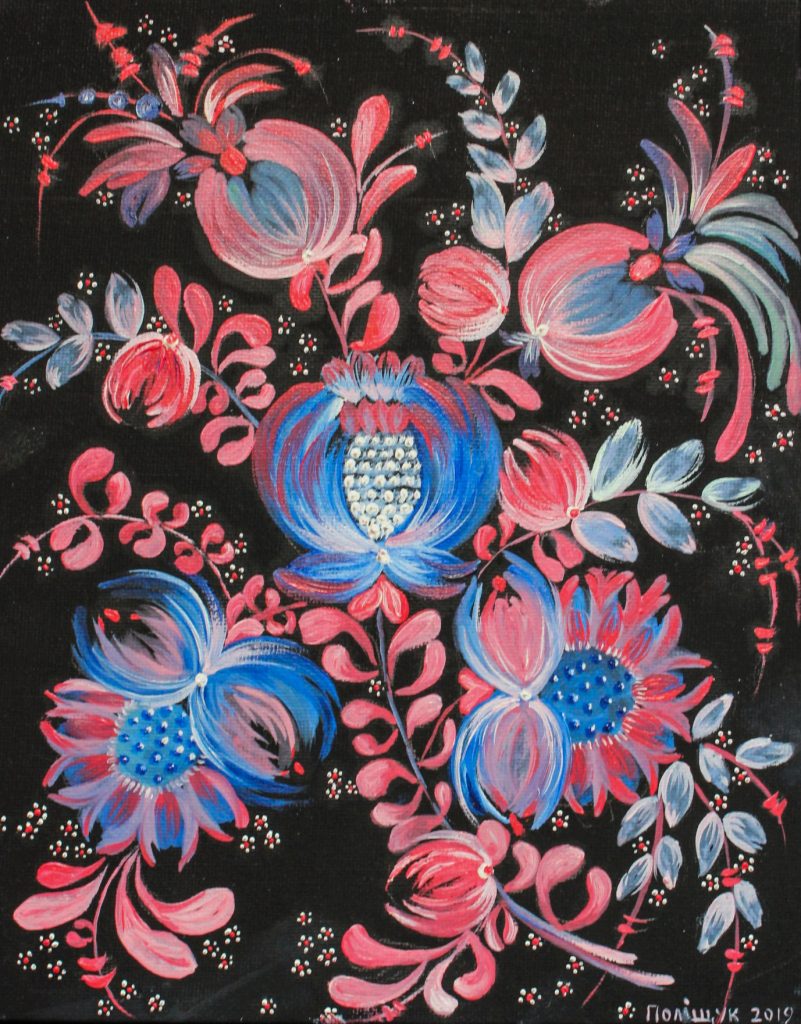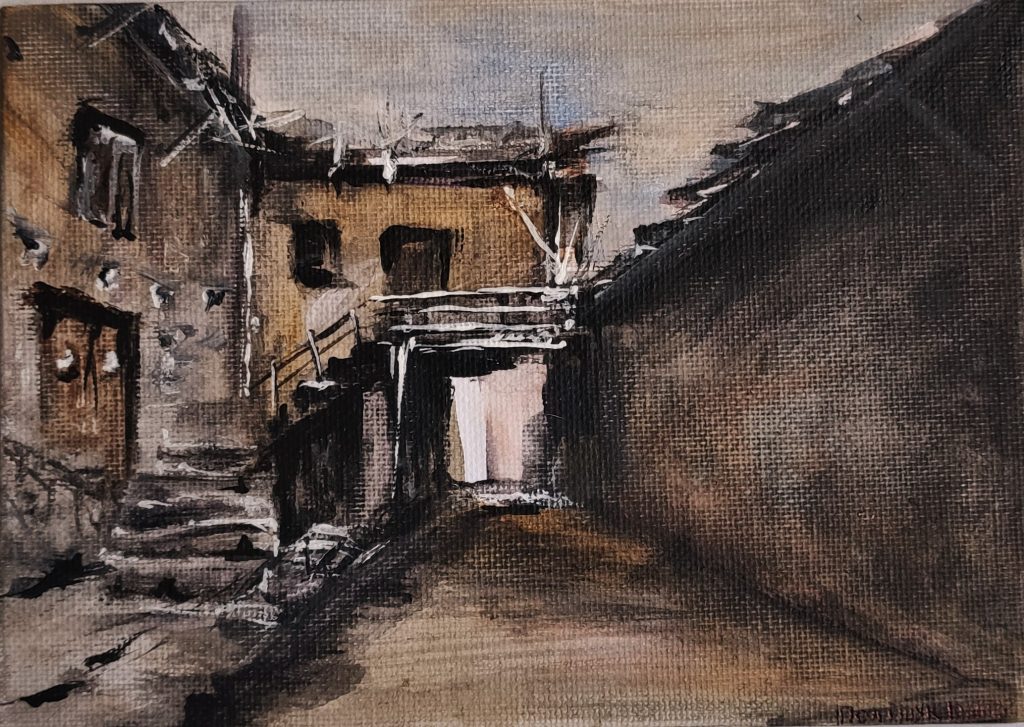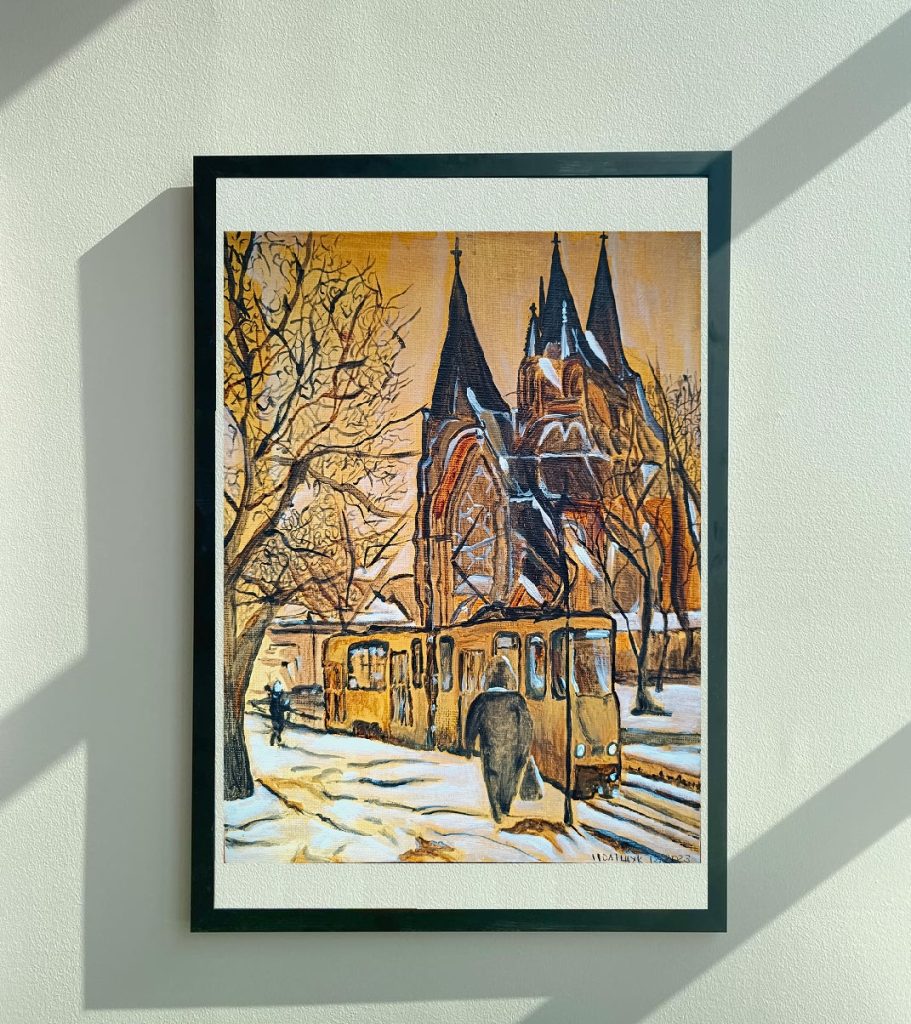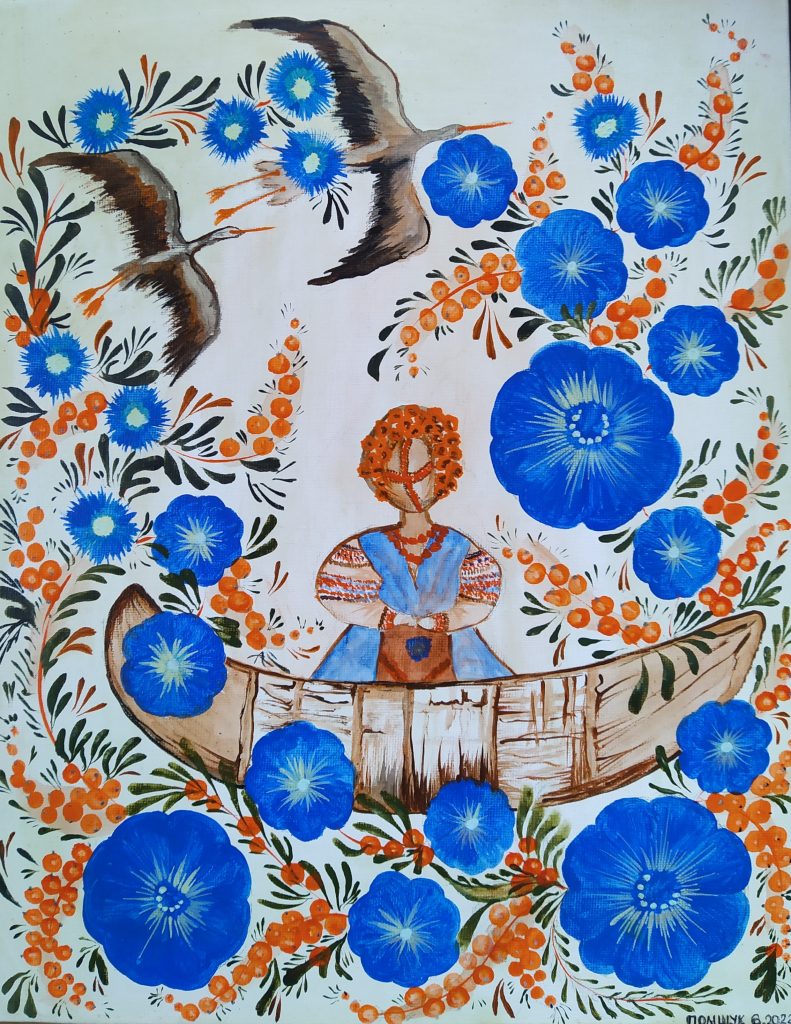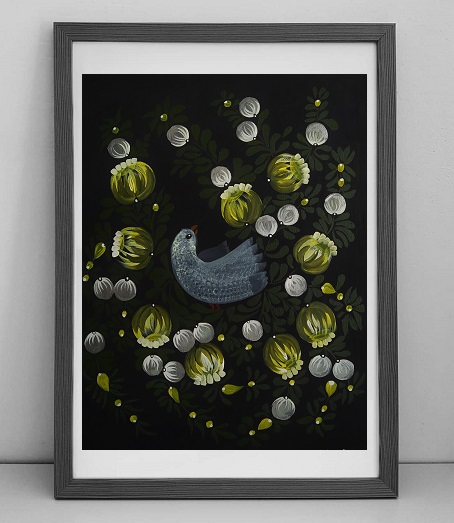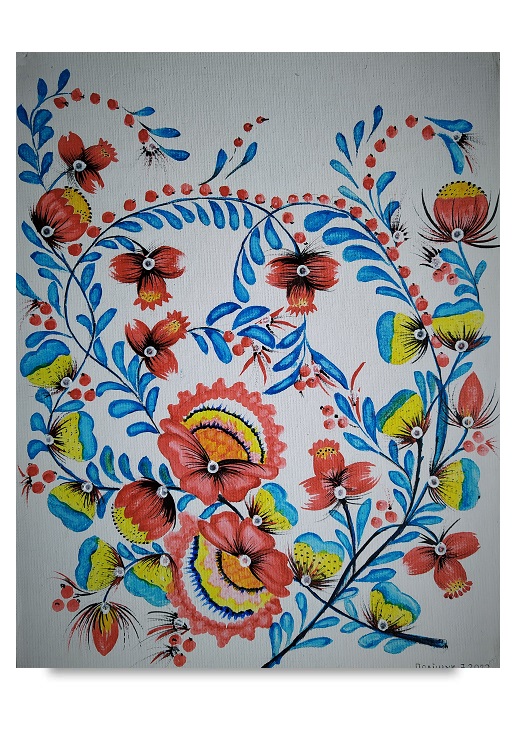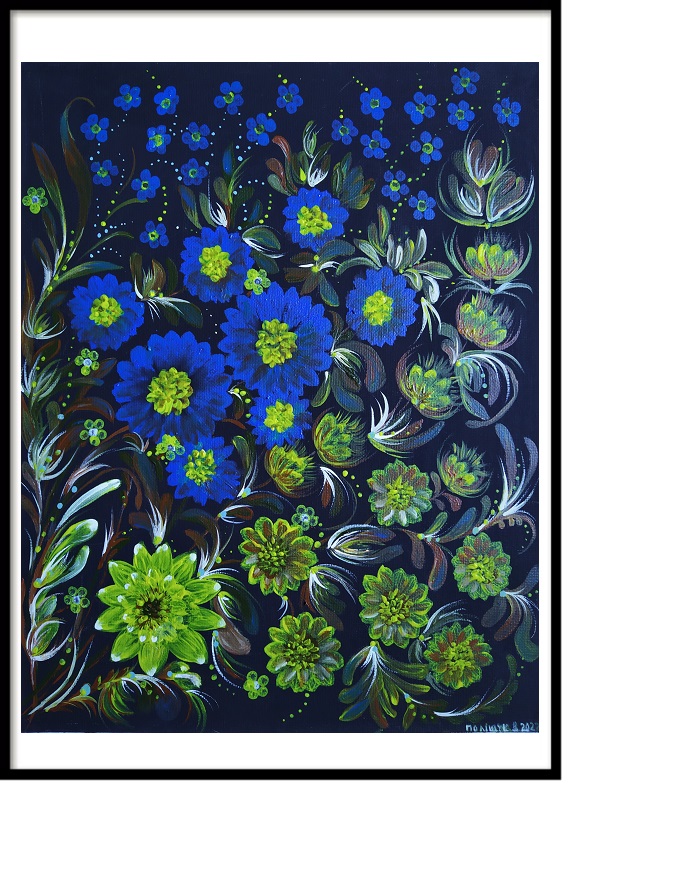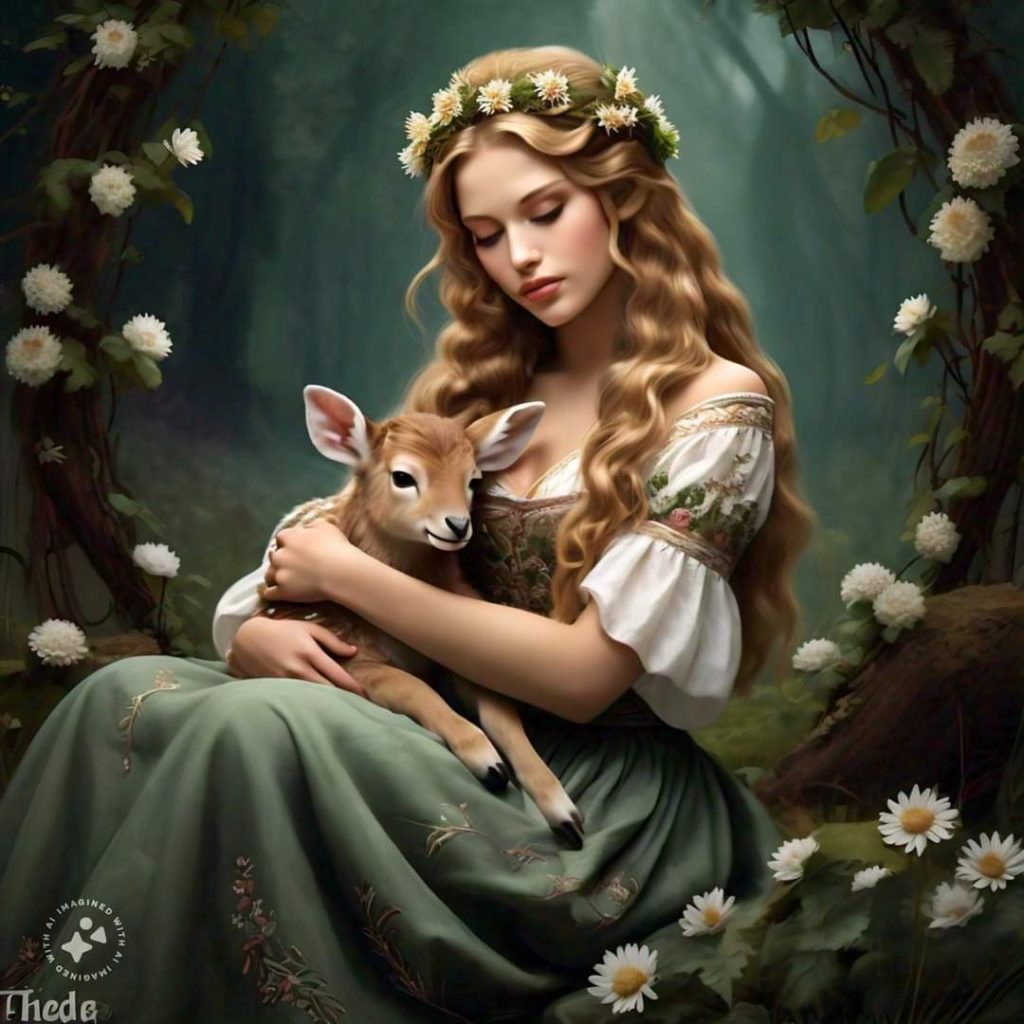A trip always leads to new discoveries and wonderful impressions and long memories. And now a week has passed, the road dust has settled, my thoughts are already cold and I return to those days with memories.And everything was cool.Just a trip to Huronia. For you this is something, then I will reveal a secret. This is a peninsula adjacent to the large Lake Huron (by the way, the name of the lake comes from the same name as the peninsula). The lake is divided by the borders of America and Canada. On the other side is Michigan, and from here we, the residents of Ontario.
Previously, and this was 400-500 years ago, this neighborhood was intense. Then somehow the activity died down, then in the 1900s everything was actively revived again and looking at the photographs – there were huge ships with tourists, grain and wood were transported on ferries, cars and equipment were brought here. Ladies with lace parasols from the sun walked along the shore, cars with mustachioed men in tailcoats with canes drove. And a railway went to the main desks.
Interesting?
That’s great.
It all started with the fact that I looked in one word in Wikipedia. And word for word, and off we went. I could not sleep and when we went to the peninsula, I wanted to see everything with my own eyes.
We decided to visit two cities, namely Penetanguishene and Midland.
Penetanguishene is town in Simcoe Country first appears in records in 1882, but probably has an older history due to the terrain. The city’s buildings descend from the mountain to Lake Huron and has a beautiful harbor, where I already wrote above, at the end of the 18th-19th centuries life was booming. Most of the residents were from Quebec and French, so even now the main part of the city has French or French-named streets. Very little remains of the former city now, since its inhabitants are less than 10,000. Once this city received its name from the Wyandot Indians and means a place where the sand quickly grinds or land of the while rolling sands.
I didn’t see it there, as well as the lake itself, since in mid-January there are huge mountains of snow and the lake freezes. It turns into a road for snowmobiles. And the snowmobile traffic is active. Apparently, the snowfalls are heavy and people get tired of removing snow near their houses. The snow falls constantly and sometimes in waves, forming blizzards. The time I was there – gray clouds of snow, snow sometimes in flakes, sometimes in a solid wall. Then the locals leave their cars near their houses, dig out a small path from their house to the main road, where the snow is removed perfectly. And they go using snowmobiles. Reliable, fast and cheap. So these are the routes and lively skating I found on the lake and on the pier, a frozen boat crashed into the ice, which was waiting for spring and warmth to ride tourists around the lake.
The city was famous and popular precisely when in 1793 the governor of Upper Canada visited it and saw that the place was strategic and decided to build a military base here. It was built and in 1813-1814 a railway was built there. Life in this area was very active in those years. It was a stronghold against attack by the Americans and was connected to another important city in this region – Berry.
It is difficult to even imagine now that there were powerful defensive structures, as history says, along the entire coast and even on the Wasaga beaches, where there are now a huge number of beaches and hotels.
The same story also writes that these defensive structures along with the ships did not stand for long and sank several years later.
Gradually, from the middle of the 19th century, this place ceased to be military, at the beginning of the 20th century it turned into a commercial and industrial one. Well, now it is dying, since the main income comes from tourists who come for a short Canadian summer and settle in hotels, relax, enjoy local parks and fishing.
It is necessary to mention one more attraction – there are three islands near the city. Ferries go to these islands even today (though not now, everything is frozen). Indian families still live on the islands. I think that the movement of snowmobiles that I saw when I arrived at the harbor is the movement to the islands. I did not see a boat, and in such winter temperatures a ship cannot sail on ice. I read that there are ferries to the islands. One of the islands is the largest and it is closest to the city. We decided to go and see a tourist place called Discovery Harbour.
This place is located at the mouth of the harbor and has many restaurants and a famous local theater. But unfortunately they were closed. Apparently we chose the wrong time.
However, there is a certain charm in this, when you arrive at such a time. This is that there are no tourists, few people and in the hotel a hot tub awaits you, in which you sit and watch the snow fall. The feeling is indescribable. The ratio of temperatures, the magic of water and the play of water with temperature.
How can you forget this? And then just hot tea.
For further information see other post





